
Read & Watch: Debora Moore
A pioneer of glass techniques, this renowned creator is one of the few Black female artists in her medium.
Salvaging old cloth, scrap metal and leftover packaging, the longtime Seattle sculptor finds beauty in what’s discarded.
by Jasmine Mahmoud / June 1, 2022
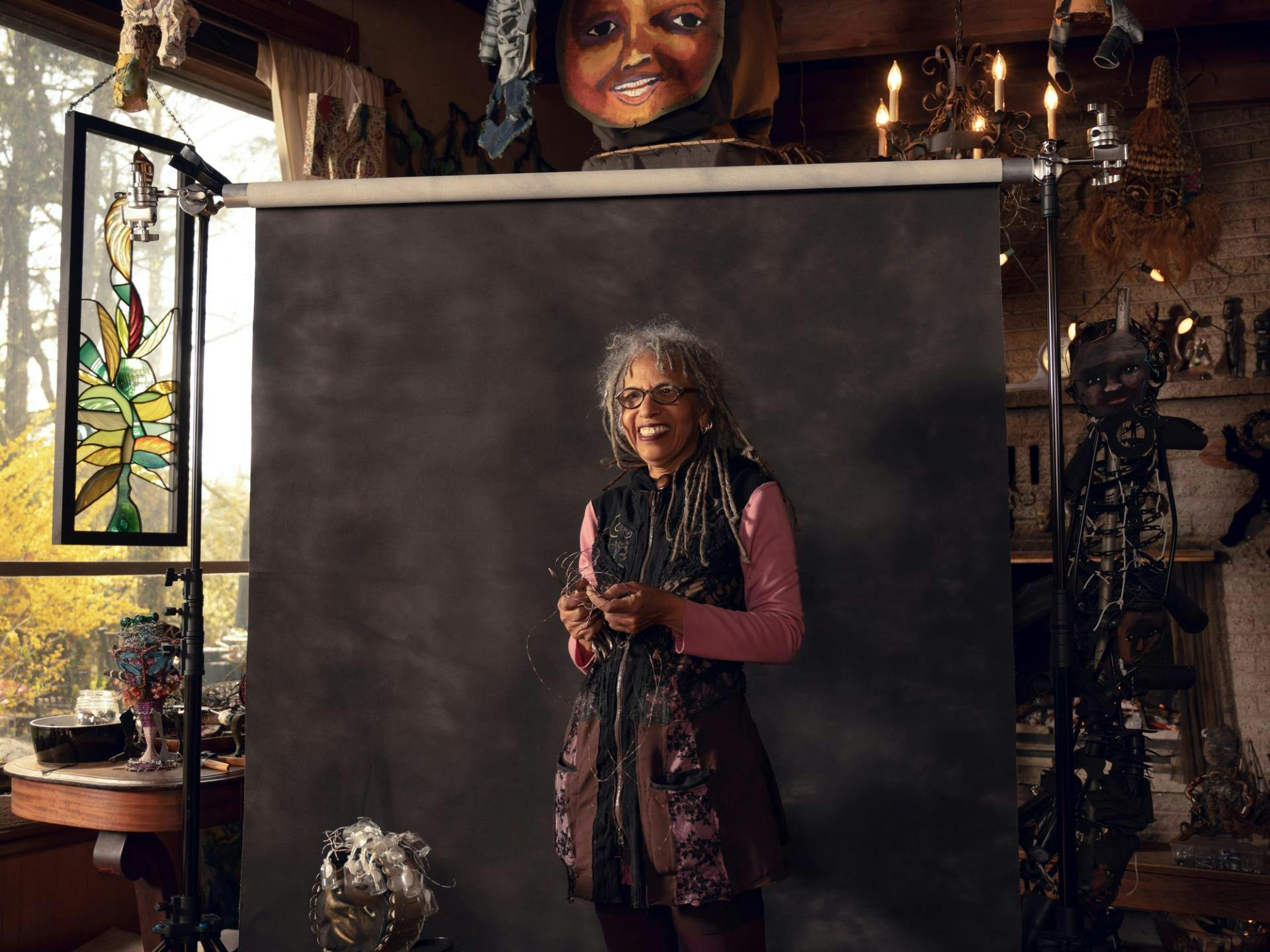
Hundreds of headless fabric dolls, a touch bigger than your palm, lie next to each other. Uniform in size and patchwork sensibility, each doll radiates individuality with vast differences in color and energy. One wears blue jeans, another a yellow jumper, and another orange-plaid leggings. The legs of three adjacent dolls jut sideways, as if mid-dance, or running away. They have no arms, but each doll has a clear marking of biological sex: input jacks or Christmas lights as penises, patchwork bits indicating vaginas; and for nipples, beads, thumbtacks or scraps.
These dolls make up 400 Men and 200 Women of African Descent, a work by longtime Seattle artist Marita Dingus. “I had gone to Castle Elmina in Ghana in probably ’94 or ’95. I saw the dungeon, there was no oxygen down there,” Dingus says, recalling her somber inspiration. The location is where countless Africans were held captive before being sent across the Atlantic.
“I had to run out into the courtyard to get air,” she remembers. “And I said, ‘What would it have been like?’ They would keep up to 200 women in this basement dungeon — they weren't able to run out and get fresh air like I could. When I came back home, I made 200 women. The following year, I [made] 400 men.”
Originally completed as separate pieces in 1997, 400 Men and 200 Women is part of the Seattle Art Museum’s permanent collection. It was reconceived for SAM’s 2022 exhibit Our Blue Planet: Global Visions of Water, where it was installed on two oval wood planks evoking the slave ship Brooks of Liverpool. But unlike archetypical images of slave ships tightly packed with nameless people, the colorful individuality Dingus gives to each doll allows the viewer to imagine — and see the humanity in — each enslaved person who endured horrific cruelty in the name of increasing white wealth.
Petite and energetic, with curly gray hair, flickering eyes and a mischievous smile, Dingus is warm, animated and a bit otherworldly. “I’m an environmental artist. I’m a feminist artist. I’m an African American artist,” she says.
Even her casual conversation suggests a deep consciousness of African and African American history — both in Seattle and globally — and an understanding of how that resonates through art. “The African art collection [at] Seattle Art Museum was a big influence on me,” she says, noting her time spent as a docent at SAM. She names Jacob Lawrence, Barbara Earl Thomas and James Washington Jr. as foundational artists for her work.
Her own art is rooted in what’s discarded as junk: old cloth, scrap metal and leftover packaging — she collects and recycles it all. “I see a correlation between discarded materials and people of African descent who were used in the institution of slavery,” she explains. “This whole idea of discarding human beings is nothing but wrong. So I make art from discarded materials.”
Born in 1956 in Seattle, Dingus was raised by her parents — high school sweethearts who initially moved from Oklahoma to Washington state to work in the shipyards. But when they got here, the shipyards refused to hire her father in a skilled job. (“They told my father he could sweep floors,” she says.) Instead, Dingus’ father pursued an engineering degree and landed a job at Boeing.
Much of Dingus’ signature sculptural style stems from the materials and obsessions of her childhood. “My first attempts at making art were drawing paper dolls. My father worked at Boeing [where] there were all these schematics being thrown in the trash. We’d use the backs of them as papers that I could fill with my drawings.”
Boeing took the family temporarily to Louisiana, but they returned to their family home in Auburn. Dingus attended school in Renton (“Which was racist in the ’60s, still racist,” she comments) and later at Immaculate High School, an all-Black Catholic high school in Seattle that closed in 1981.
She started pursuing art at the University of Washington, but soon wanted a change. After getting into art schools in Baltimore, Philadelphia and New York, she asked instructor Jacob Lawrence which was the best — he told her she couldn’t go wrong. “I thought New York would be too fast and Baltimore would be too slow,” she recalls, so she picked Philadelphia, transferring to the Tyler School of Art at Temple University and earning her BFA in 1980. “I thought it would be perfect and it was,” she says. “Right in the middle, culture-wise.”
In 1985, she earned an MFA from San Jose State University as a single mom. “You have to choose between buying art supplies and putting food on the table,” she says. “So when I was in graduate school, I worked for the Department of Ecology as a road crew supervisor and brought junk [home]. I was determined to make art out of junk.” She still is.
Now represented by Seattle’s Traver Gallery, which most recently exhibited her childlike dolls made from reclaimed materials in Re-Souls (April 2022), Dingus has been collected by numerous institutions, including the Tacoma Art Museum. She has shown globally, and been recognized with awards and fellowships from John S. Guggenheim to Artist Trust to the Irving and Yvonne Twining Humber Award.
She is also a prolific public artist. Installed at Franklin High School, “Four Ancestors” (1990) was her first public art work — made from discarded materials she collected from the school’s remodel. “They let me go to the high school and pull whatever I wanted to make my art out of,” she says, “old chemistry lab doors, fire alarm box covers, door pulls, door handles, electrical outlet covers.” In “Children of the Sea” (2006), displayed at the Douglass-Truth Branch of the Seattle Public Library in the Central District, Dingus made huge, bulbous, child-shaped sculptures out of copper she had held on to from a children’s workshop she led in the 1990s.
“My parents were from the Depression. All our furniture came from thrift stores — it was how you economized, so that you could afford other things,” Dingus says.
Her 7-acre family home in Auburn has provided a “safety net” to support her work as an artist. “My mother kept the home and [it] was always open to me,” she says. The home is also testament to a vibrant, mid-20th century Black community in the Northwest, where Black people bought property and owned farms. In more recent history, Dingus notes, “They all sold their land and left.” But she stewarded her home while taking care of her aging mother, and when her mother passed, Dingus began to fill the house with art.
Now serving as her studio, the family home reflects something of what it must look like inside Dingus’ creative brain. In the living room, kitchen, bedrooms and bathrooms, hundreds of dolls — made out of metal, paper, clay or fabric — hang from the ceiling, are mounted on walls and sit on counters. “I’ve maxed out the interior of the house,” Dingus says, “so I picked materials that can, in fact, live outside: a lot of metals, some plastics, glass,” all used in outdoor sculptures that coexist with her goats and chickens.
Along one exterior stretch is an array of doll sculptures 3 to 5 feet tall, made from soda cans, vacuum hoses and other discarded materials. Their faces express wonder and thought. Some were shown at Walk the Block, a 2021 fundraiser for Central District Black arts space Wa Na Wari (co-founded by Elisheba Johnson). Dingus describes these figures as an homage to the Black people who used to live near her family home. “Growing up out here, I always said this place would be perfect if only it had Black people,” she says. “Well, now [I am] filling the place with Black people.”
Black Arts Legacies Project Editor

A pioneer of glass techniques, this renowned creator is one of the few Black female artists in her medium.
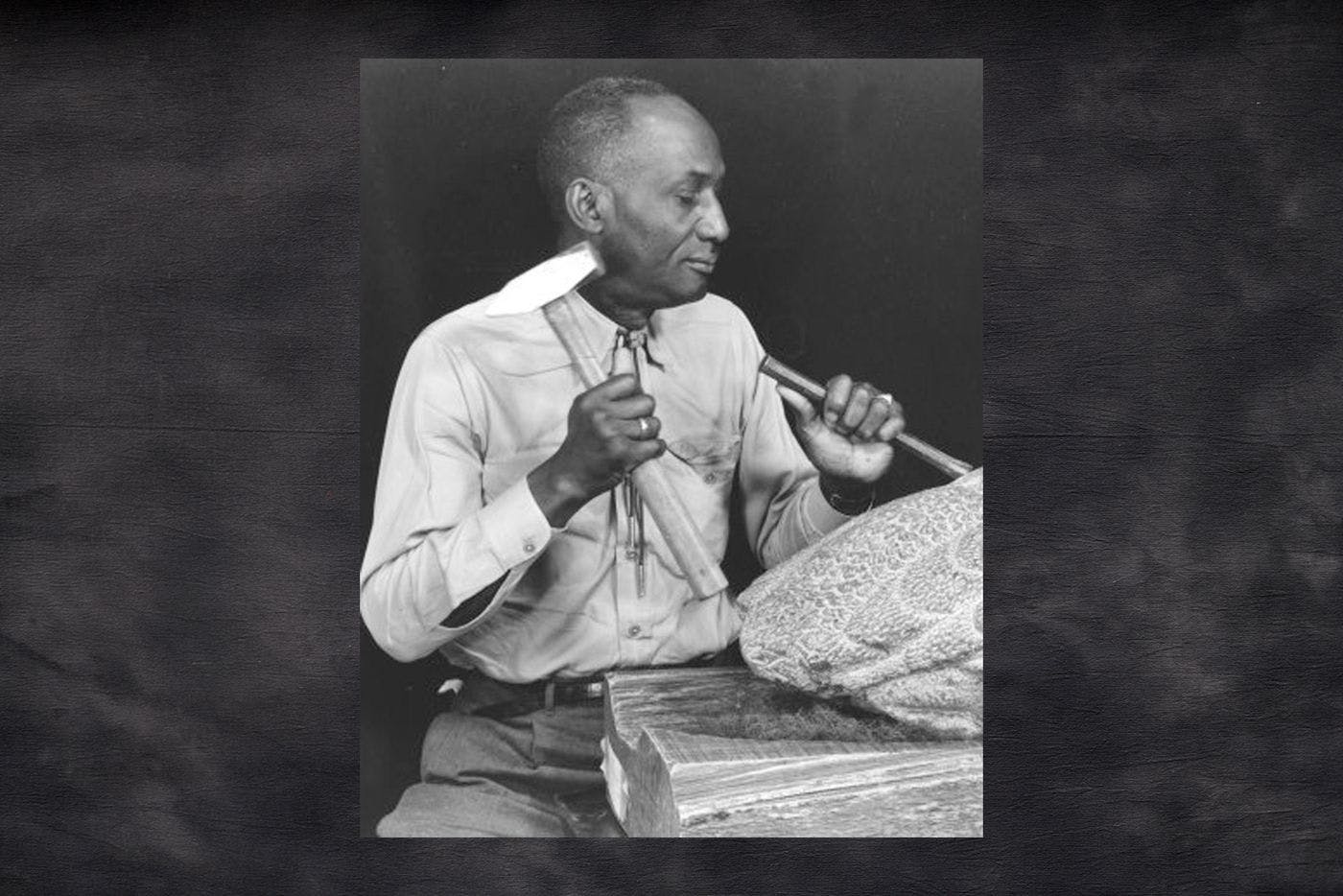
An influential member of the noted Northwest School, the Central District sculptor turned his home into a community center for artists.
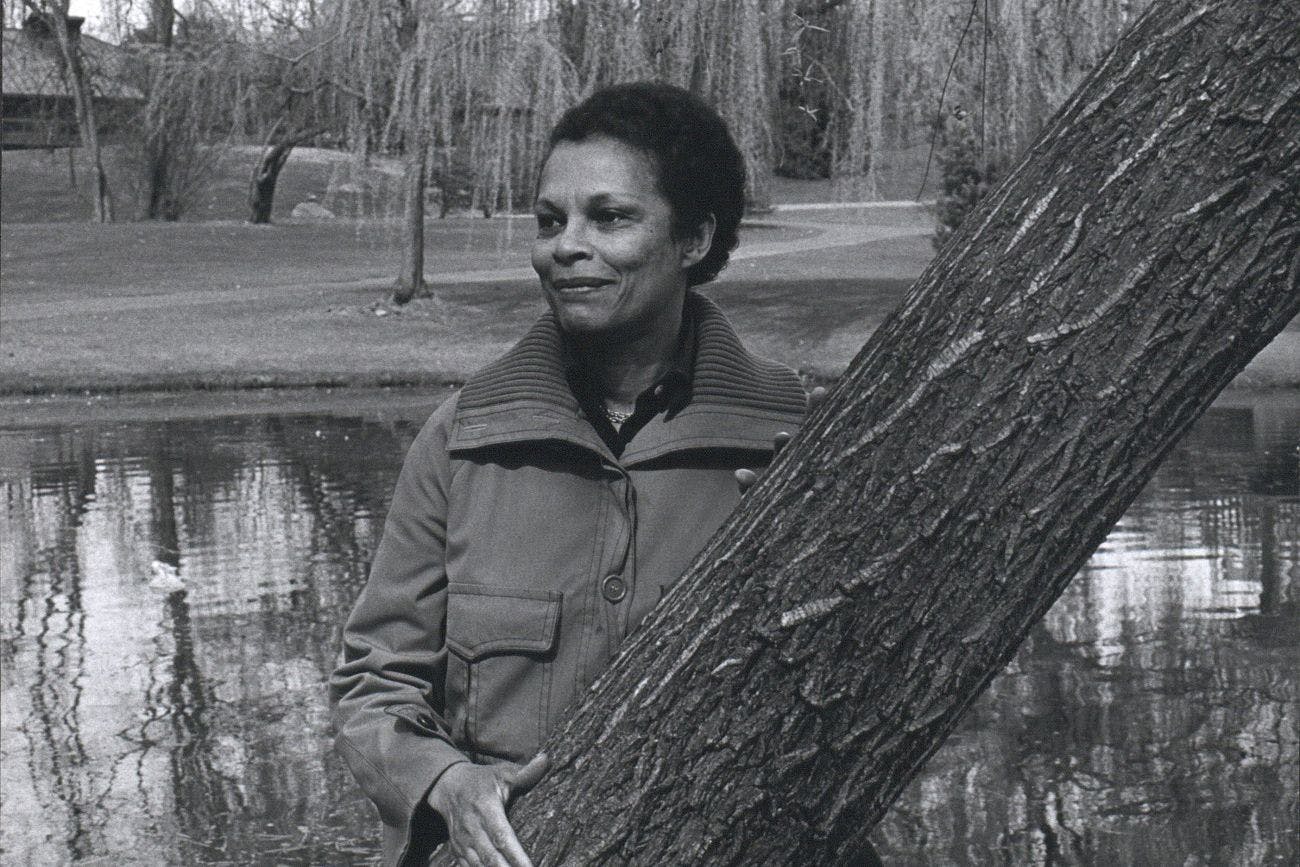
As a direct connection to the Harlem Renaissance, this often overlooked painter inspired generations of Seattle movers and shakers.
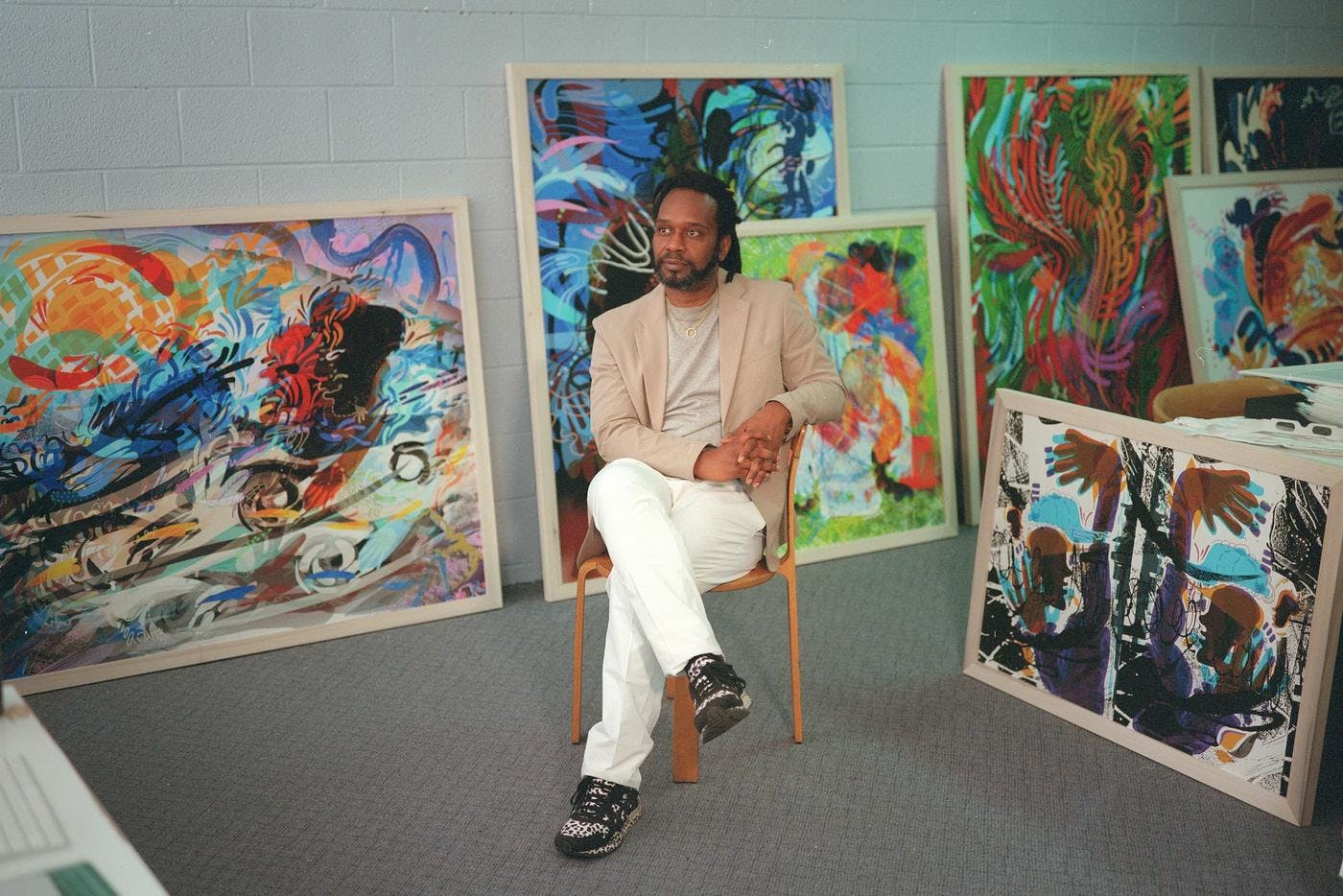
This Seattle artist channels his personal history and activism into vibrant murals and abstract paintings.

Drawing upon her personal history and Nigerian heritage, this artist makes painstakingly layered prints that explore ideas of self and belonging.
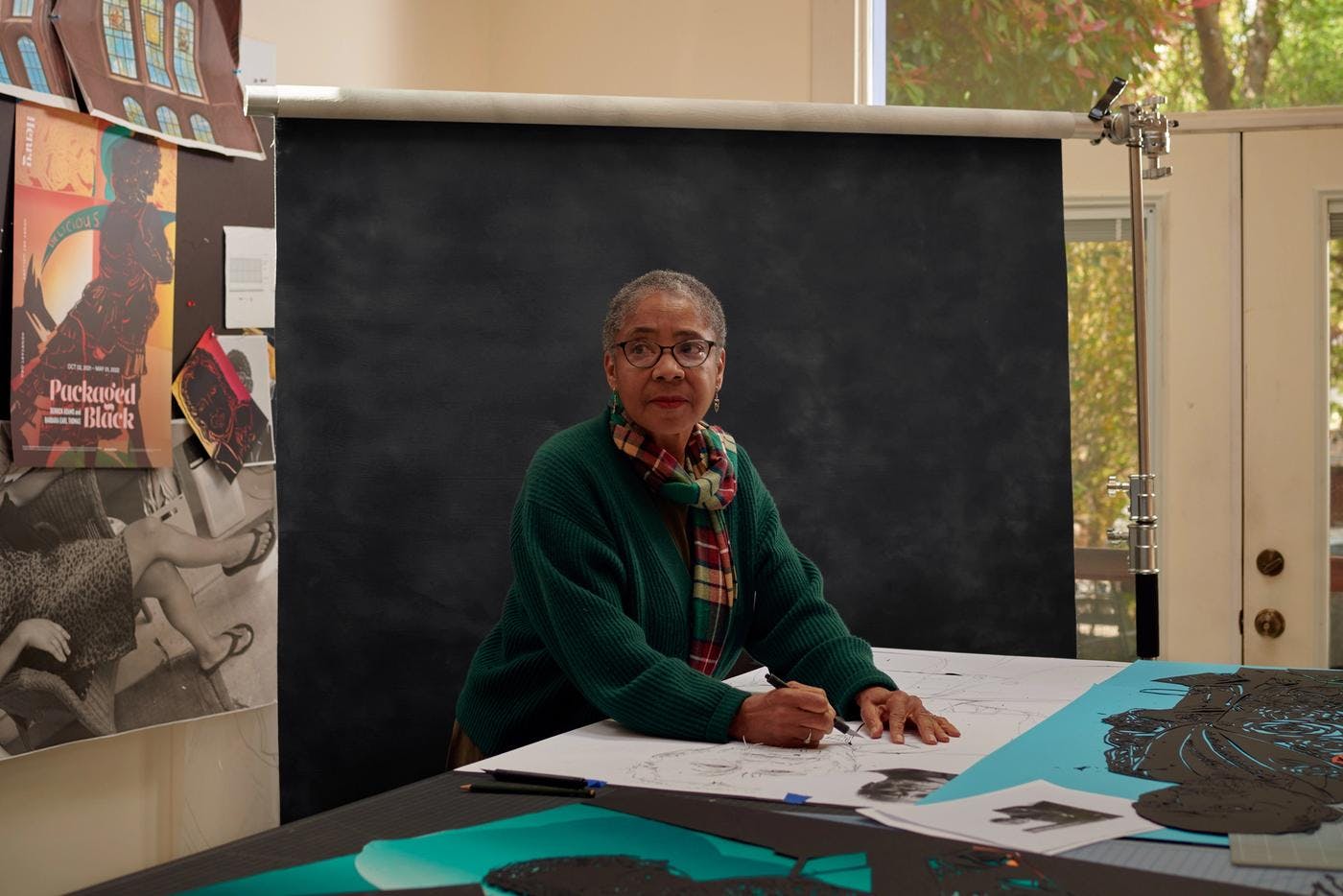
With meticulous skill and a communal approach, the longtime Seattle artist has cut her own path.
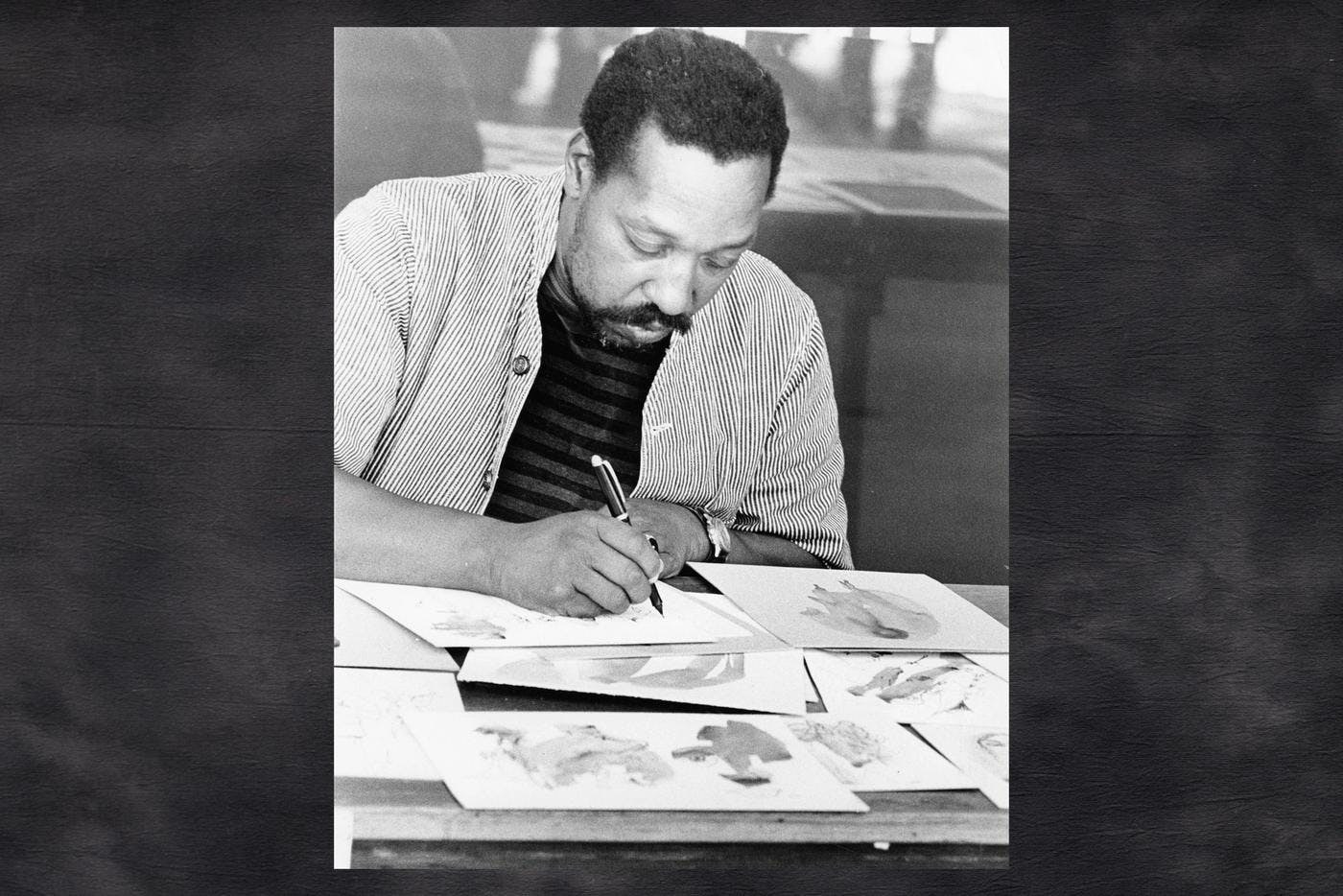
The first Black art instructor in Washington was an experimental artist ahead of his time.
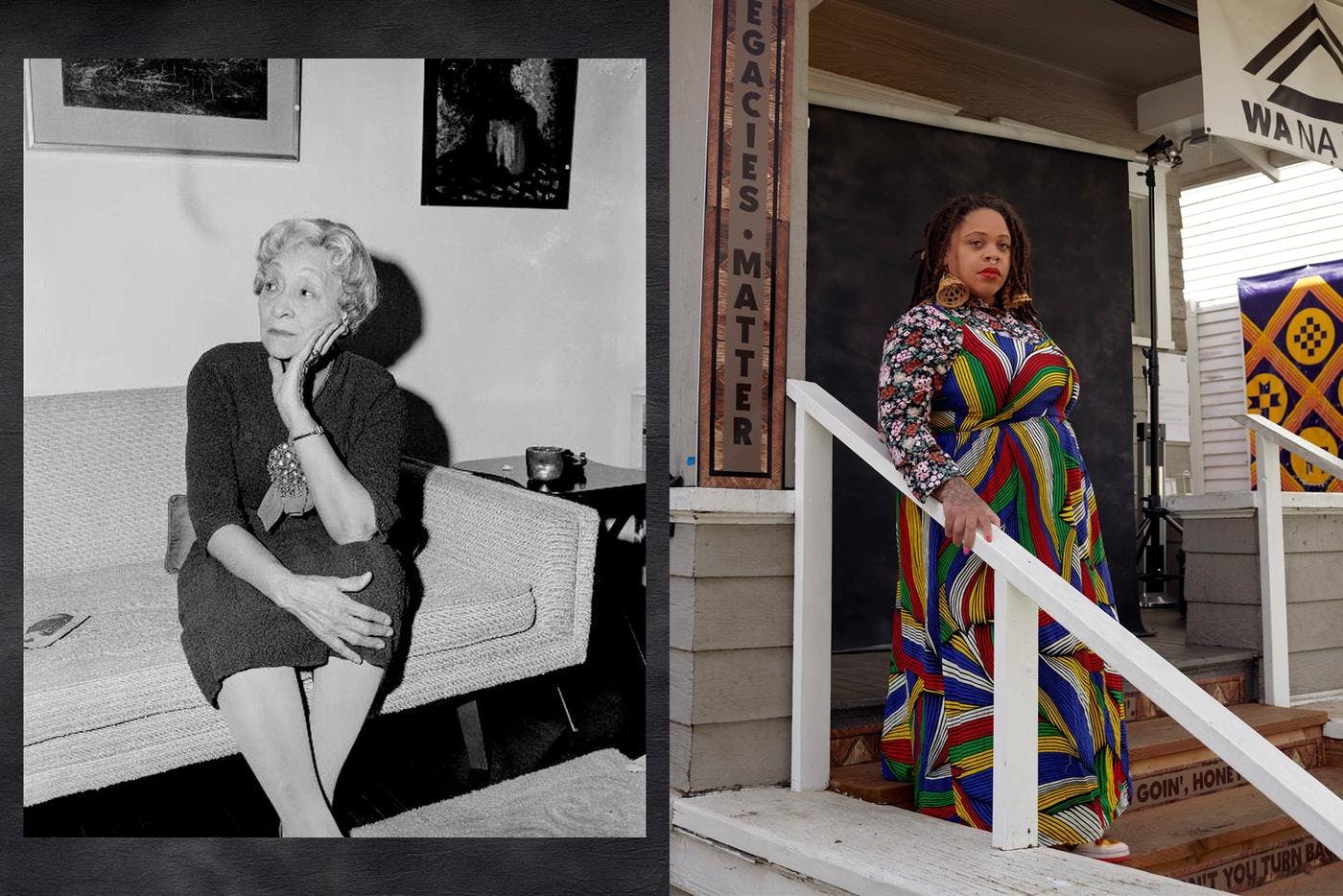
Two curators separated by decades turn homes into galleries to support artists.
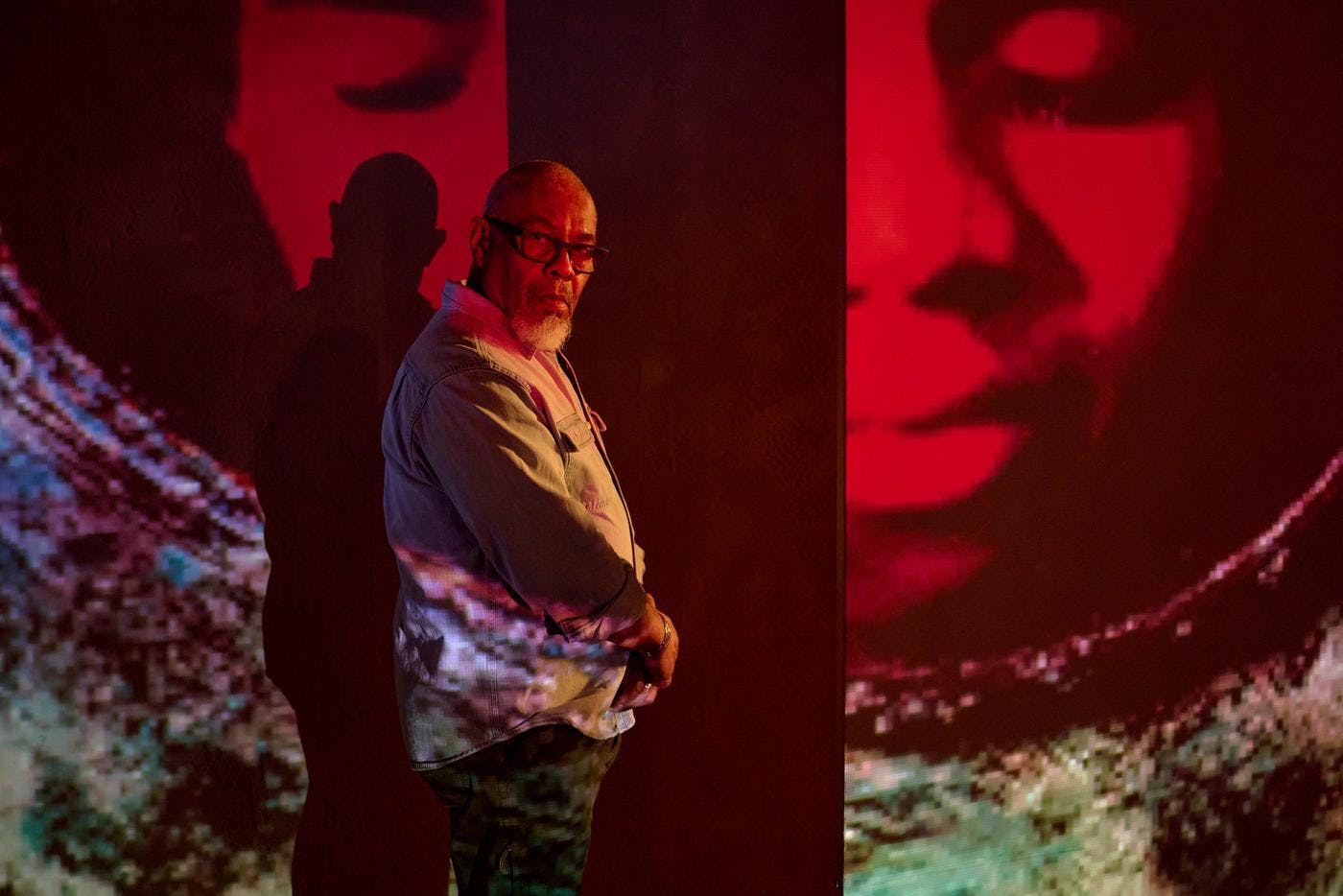
The influential art teacher uses books, found objects and photography to provoke thought and shift perception.
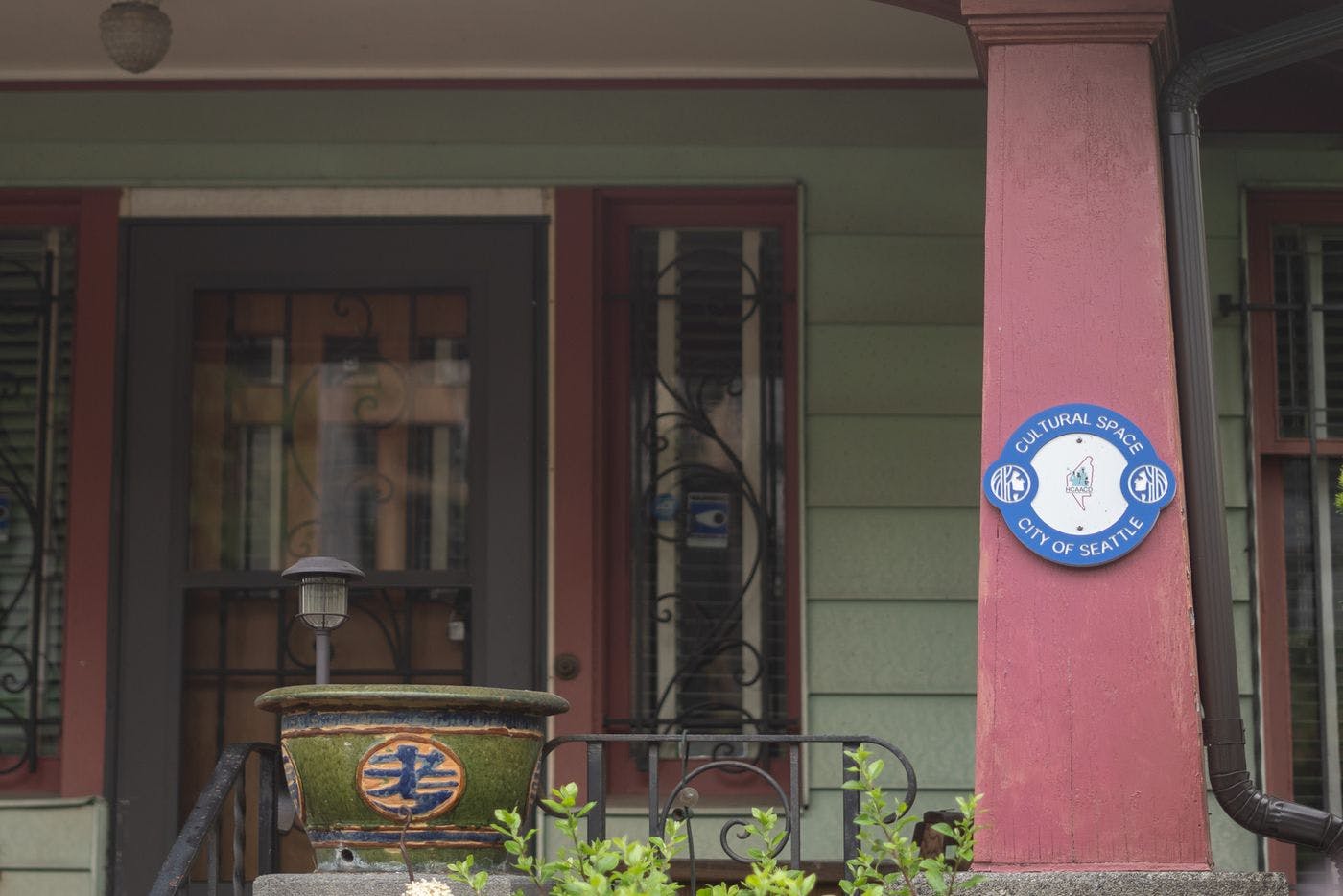
The late couple's house is now a cultural center that inspires the next generation.
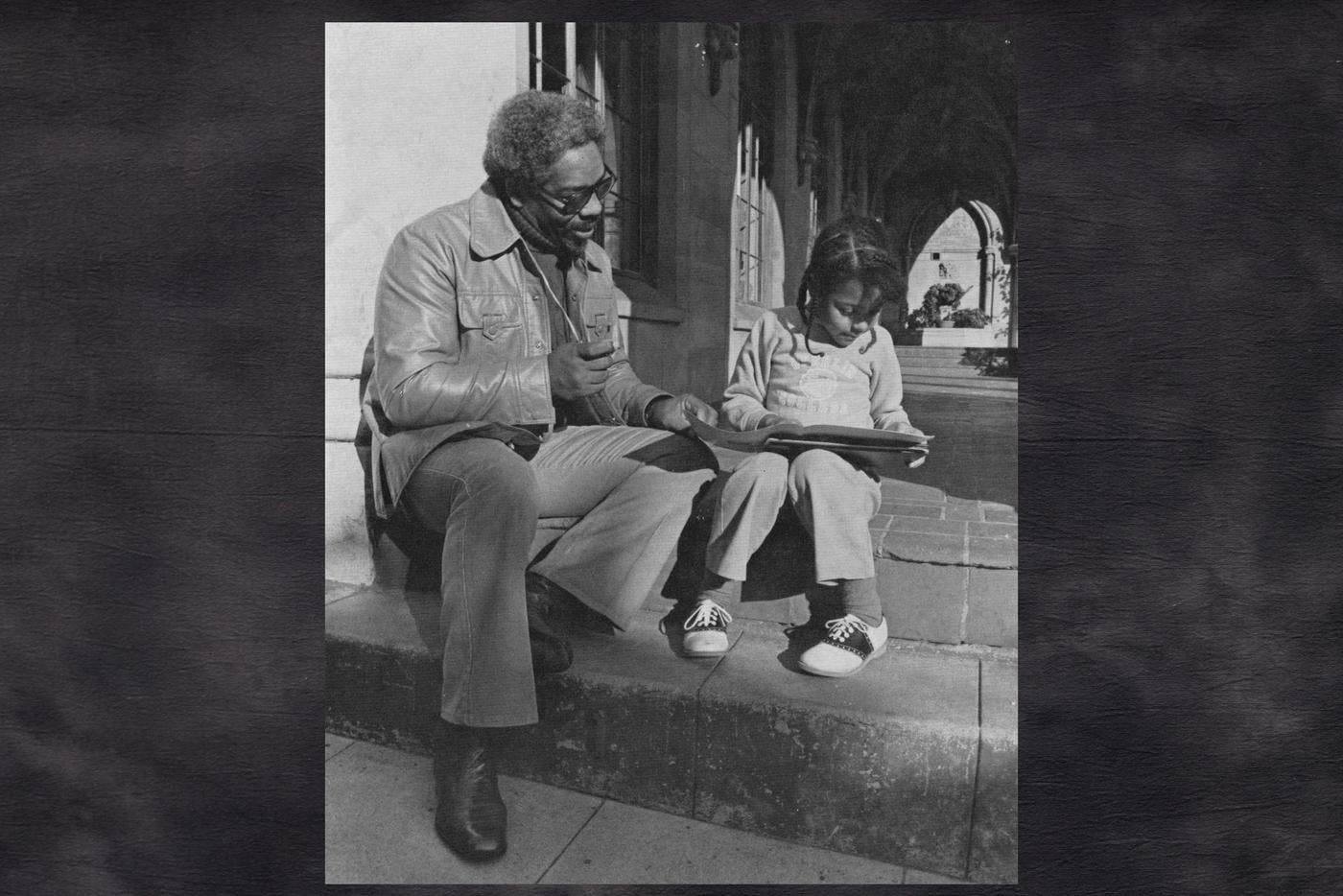
The late director, producer, stuntman and teacher used film and video production to lift up the voices of Seattle’s Black community.
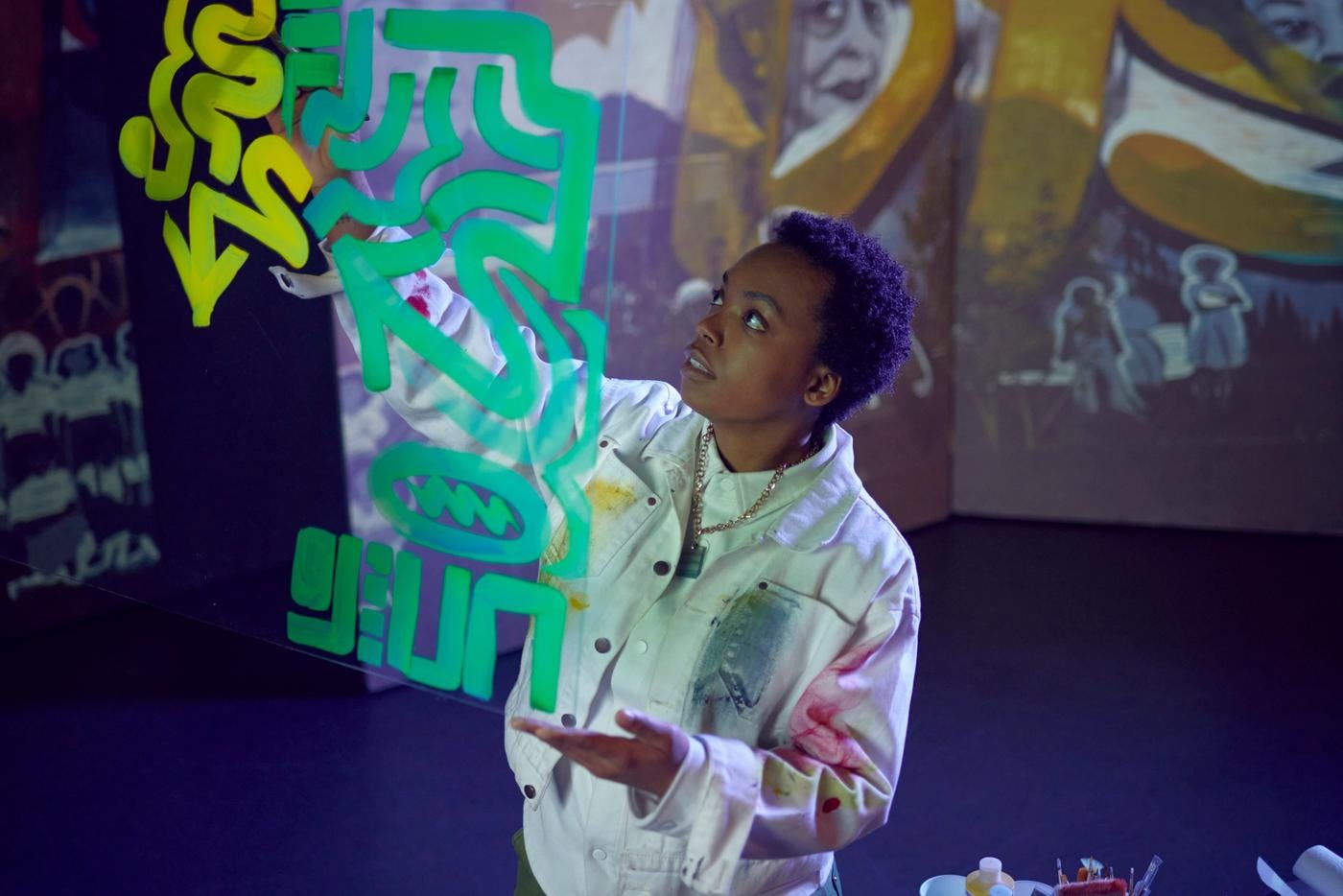
Through public murals, collaborative projects and custom sneakers, this artist is leaving her footprint on Seattle history.

Born and raised in Seattle, this self-taught photographer captured Black life in the city for much of the 20th century.
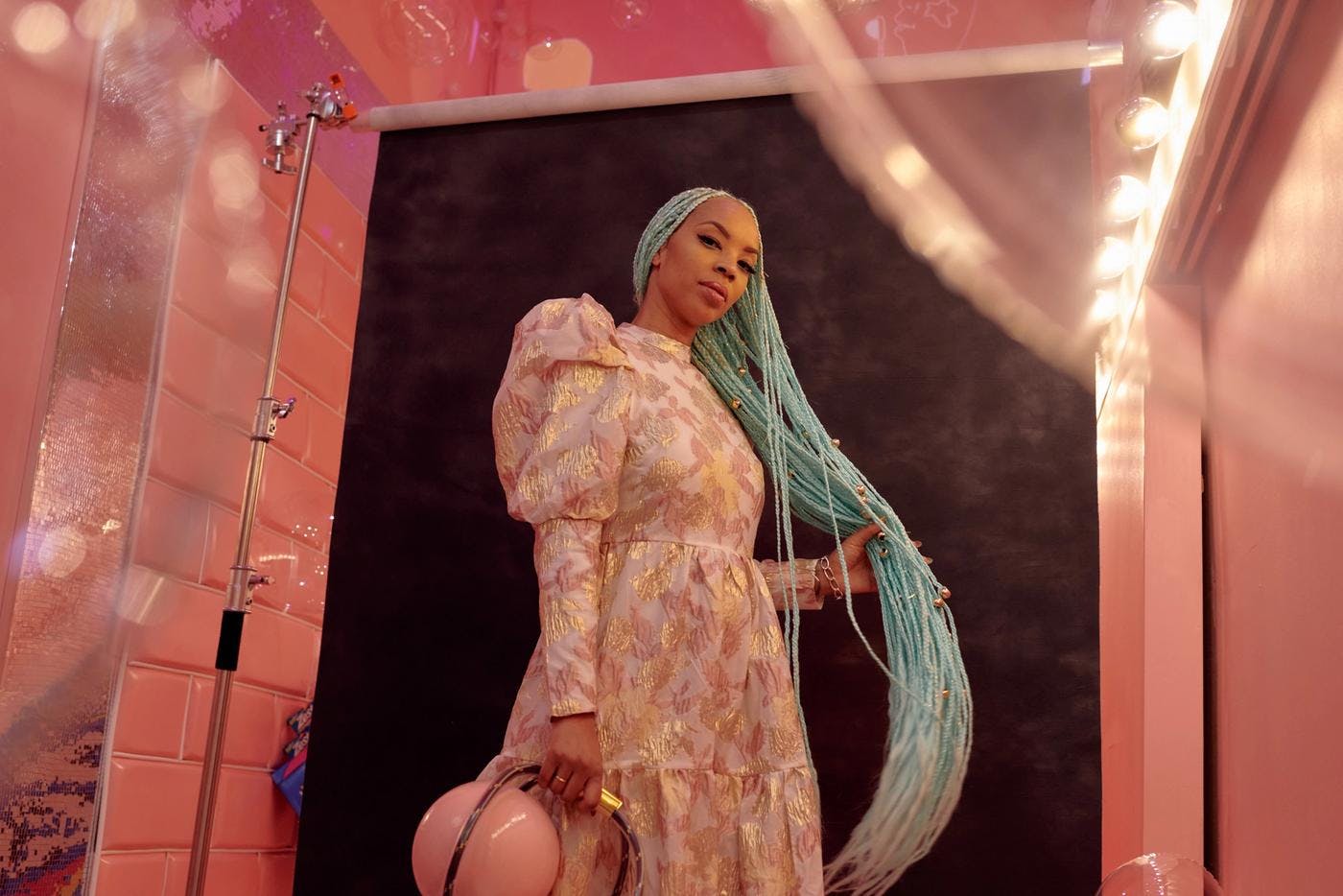
The curator, gallerist and artist is resisting the art establishment with bold immersive experiments.

This multimedia artist translates the experience of being Black by asking viewers to navigate intricate installations of glass, metal and wood.
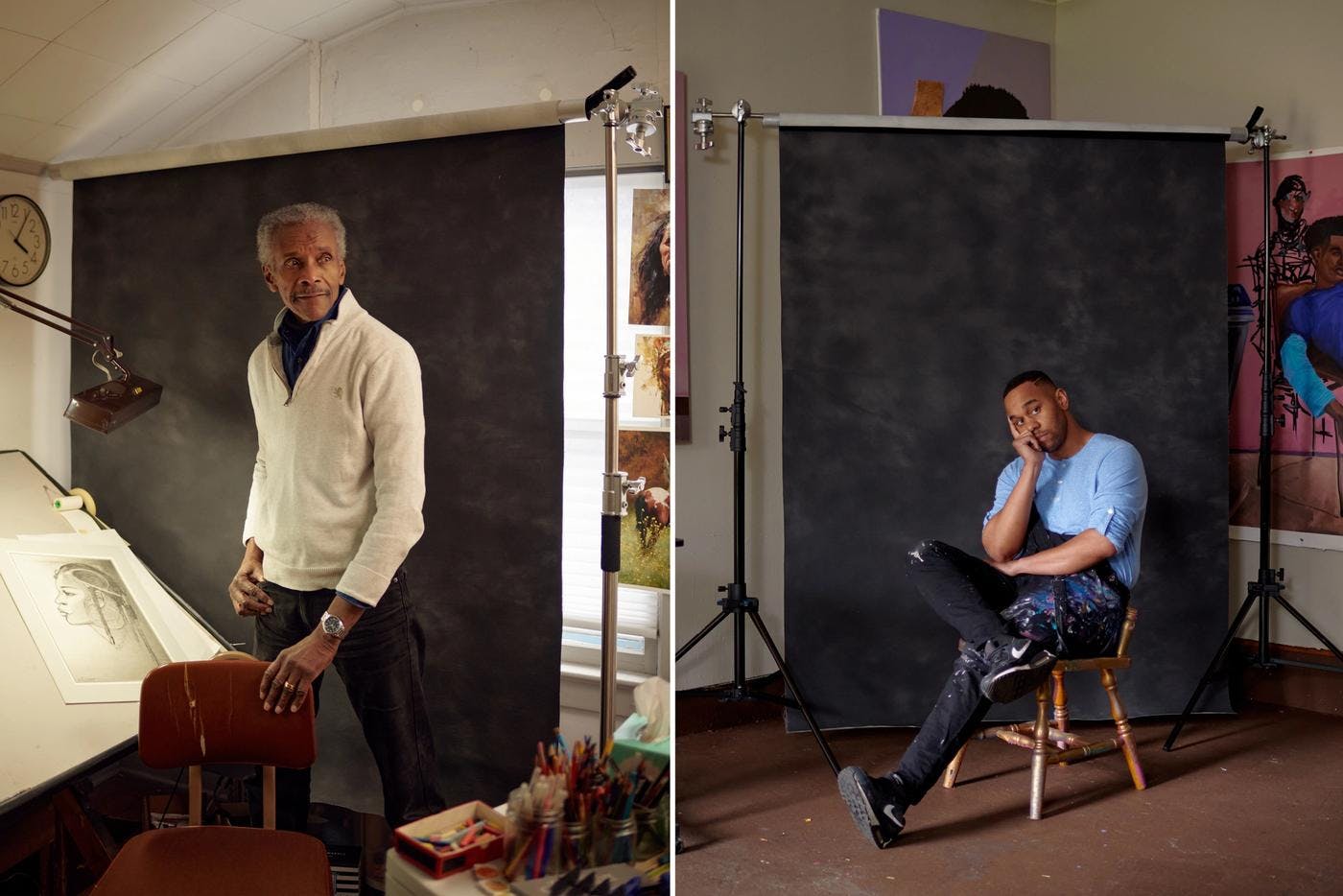
From intricate portraits to multistory murals, the artists bring Black history and bold color to the cityscape.
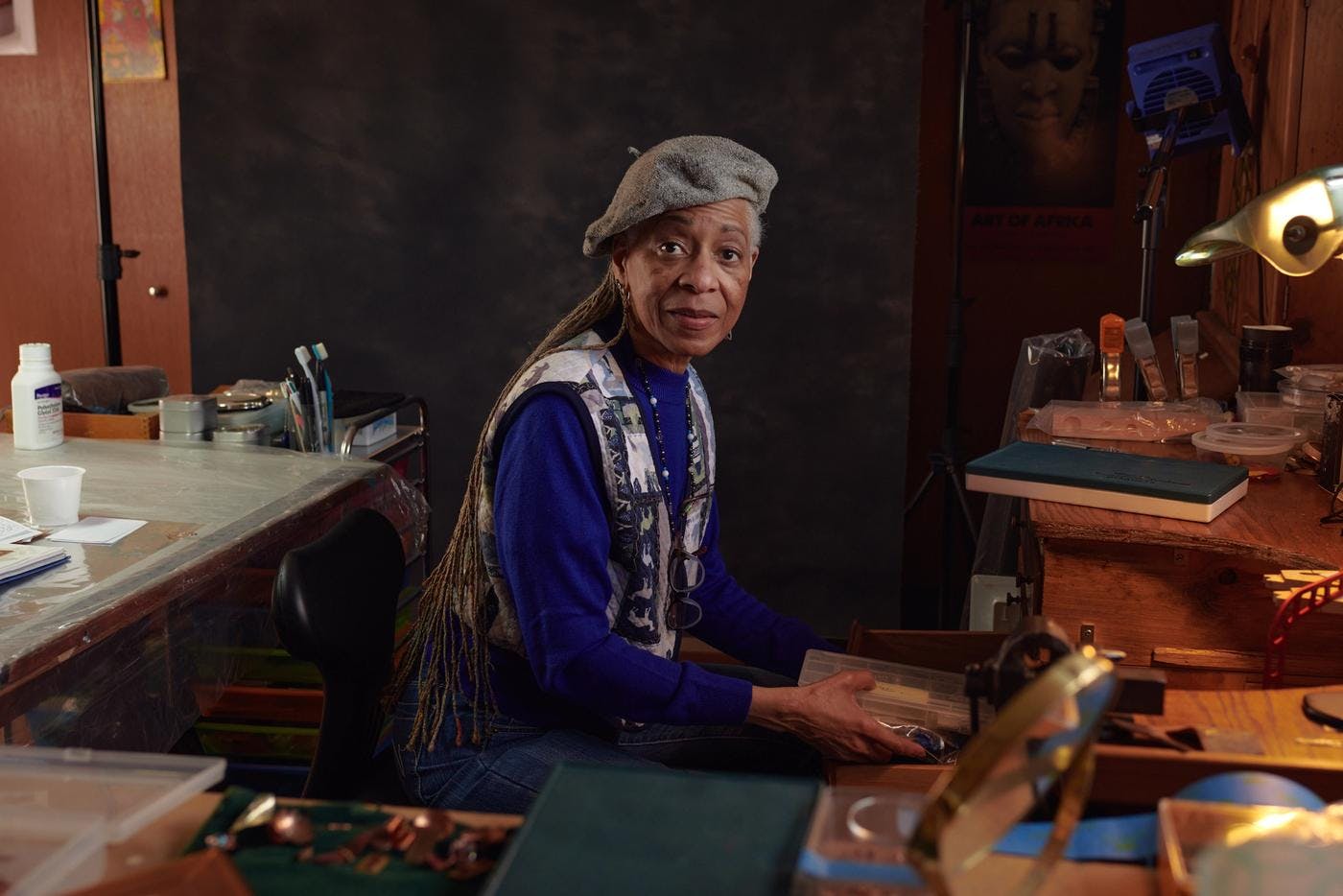
Through ceramics, sculpture, jewelry and public art, the multifaceted artist makes Black history tactile.
Thanks to our Sponsors
Your support helps Cascade PBS create projects like Black Arts Legacies. Learn how you can help with a one-time donation or recurring membership.
Support CrosscutLoading...